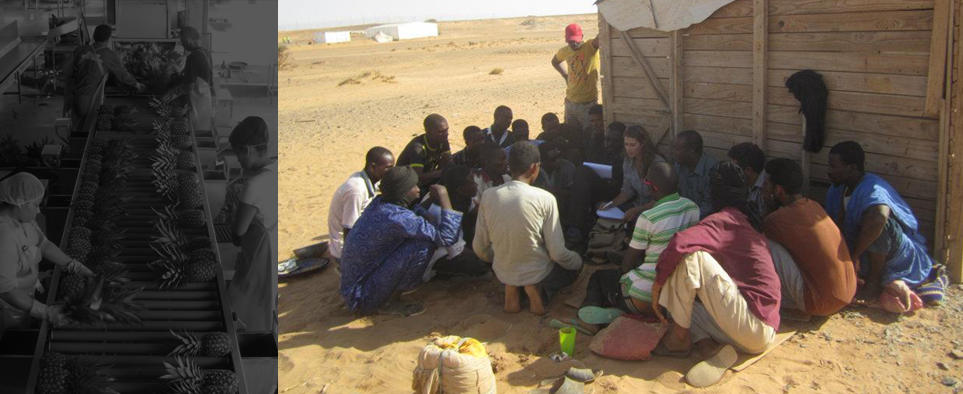The growing importance of human rights to businesses
According to a recent BSR/GlobeScan survey, human rights are the single greatest sustainability concern for businesses. The Economist Intelligence Unit and UN Global Compact have also tracked growth in corporate concern about human rights.
The reason, as explained by business leaders themselves, because human rights touches every aspect of a business’s operations, and every dimension of a person’s welfare. It is, in the words of former UN Working Group on Human Rights and Business chair Margaret Jungk, “the essence of sustainability.”
The challenges that come with being “the essence of sustainability”
It is partly this all-encompassing nature of human rights that has made it so difficult for companies to manage. As the Wall Street Journal reported last week, companies struggle to locate human rights in any one department of their existing management structure. It is not well placed within the legal, community relations, human resources, security or environmental departments, but it has a role in all of those.
Likewise, companies have found it challenging to tackle a single human rights issue at a time (look at child labor in the cocoa industry – sparking outrage for 15 years now and a persistent priority for the likes of Hershey, Mars and Nestle).
Beyond those challenges, companies with complex business relationships face unique hurdles. Companies with large supply chains are increasingly held accountable for the human rights violations committed by their suppliers. Financial institutions are being asked to ensure that their loans and equity agreements do not violate human rights. Companies partnering with governments are called on to avoid being complicit in the human rights violations of the host states with which they do business.
How to make it easier for companies
Companies need a clearer way to identify the risks of their business relationships. This is a two-step process. First, they need a screening tool to identify the contexts and operations that, in their very nature, pose the greatest risk of implicating the company in human rights risks. Second, they need a risk assessment tool that can be carried out quickly and efficiently, and which incorporates the perspectives of rightsholders.
Human Rights Risk Assessment
We’ve been building these tools. The screen will come live as an app early next year. The Human Rights Risk Assessment (HRRA) tool will be out next month. What we’ve produced below is a “business person’s guide to HRRA.” It is directed at corporate actors concerned about human rights and business relationships. It explains the point and process of HRRA, so that companies can be informed and proactive in seeking the help they need from qualified human rights practitioners.
Have a read and tell us what you think: info@nomogaia.org



